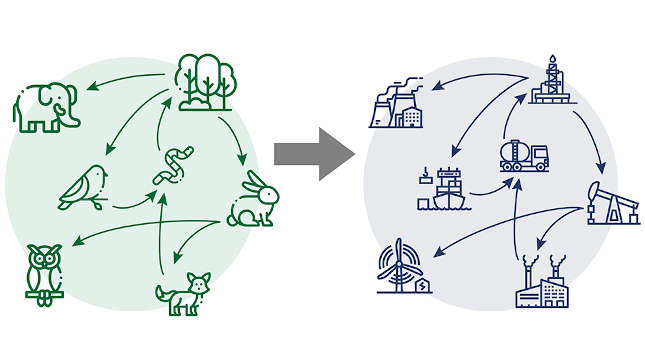MQTT is an open network protocol that moves messages between devices and machines over TCP/IP

“For 21 years, no one talked much about MQTT,” said Arlen Nipper, president of Cirrus Link and co-inventor of MQTT. “But there is plenty of talk today.”
Message Queuing Telemetry Transport, or MQTT, is an open OASIS and ISO standard publish-subscribe network protocol — or perhaps transport would be a better term — that moves messages between devices and machines over TCP/IP. It is meant for remote locations where a small code footprint is required, or network bandwidth is limited.
OASIS is the Organization for the Advancement of Structured Information Standards. Also involved in the OASIS MQTT standardization process is the Eclipse Foundation. (In August of 2018, Nipper and Benjamin Cabé, an Eclipse Foundation program manager, appeared in a CFE Media IIoT/Cloud webinar that serves as an introduction to the technology.)
MQTT has found its place in the sun because it answers a challenge. “Protocols using call-response are a big problem in SCADA. In consequence, when [the SCADA community] tries to address IT and enterprise needs, it leads to network overload, complexity and brittleness. The result is that no one is willing to innovate,” Nipper said.
If the SCADA community could move beyond its entrenched technology base, asked Nipper, what would it do different? The answer is that it would share information by exception.
Assessing alternatives
An alternative approach to MQTT in achieving machine-to-machine integration is that developed by the OPC Foundation. The OPC Unified Architecture (UA), released in 2008, is a platform independent, machine-to-machine communication protocol based on a service-oriented architecture.
“MQTT has become the dominant IIoT messaging transport. The original specification for MQTT was 18 pages compared to 200 pages for OPC/UA,” Nipper said.
Numerous automation vendors and suppliers have adopted MQTT. One is Opto 22, known for, among other things, having in 1998 introduced the first commercial Ethernet-based I/O unit. Benson Hougland is a company vice president.
“It’s very gratifying to see how far this technology has come. Our role is to marry MQTT with the appropriate hardware components,” said Hougland.
The challenge, again, is that installed base. The market demand is to integrate information technology into brownfield operations technology environments so that viable real-time information is widely disseminated, but, “We can’t do rip-and-replace,” Hougland said.
Infrastructure answers
The answer, Hougland said, is edge computing and edge devices. “The edge device is actually the equivalent to the smart phone. How many things have been obsoleted by that edge device? You don’t carry a watch. You don’t need a camera. You are less reliant on the PC. The cellphone carries many different software applications.”
Edge computing and edge devices bring these same kind of efficiencies to industrial environments where there are many computers, but these existing systems are brittle, complex and not secure, Hougland said.
Edge devices alleviate the challenge of many point-to-point connections dragging down performance and introducing security challenges. “Subscribe and publish turns all that on its head. Only one port is open — at the gateway. IT loves that. And it’s an OT-centric solution.”
Perhaps the biggest benefit is that innovation then comes from tools and configuration rather than writing code — and it scales, Hougland concluded.
Nipper and Hougland spoke at the recent Wellsite Automation event in Houston, but the facts and issues involved impact the full range of industrial verticals.



